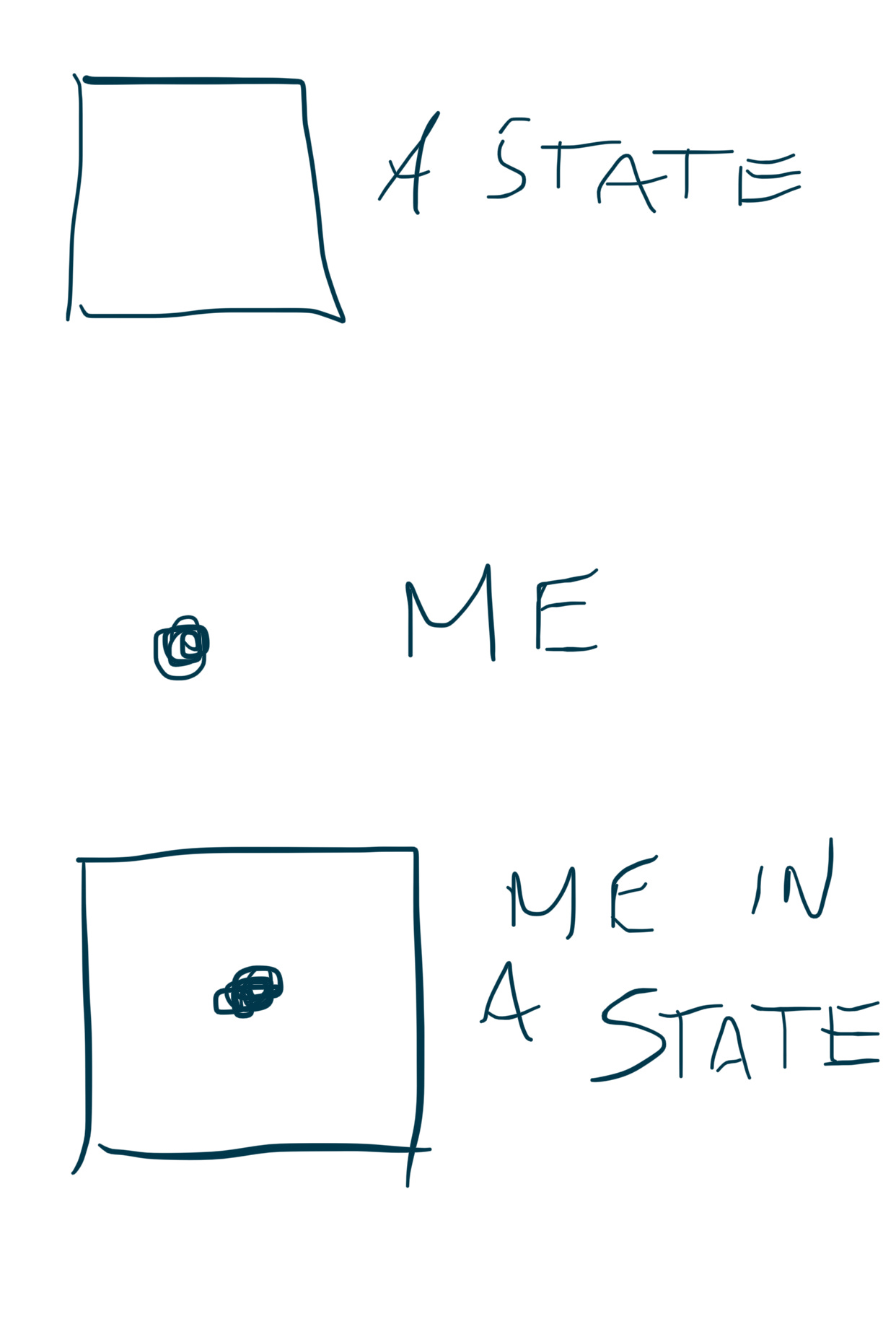Inside Out
States that there is something it is like to be in
Today I received the announcement of an upcoming talk at MILA. The speaker is Eric Elmoznino, a Ph.D. student who focuses on the development of AI models with inductive biases from consciousness and high-level human cognition. The talk will cover this paper and I anticipate it to be very stimulating. Let me just copy and paste the abstract here:
Conscious states (states that there is something it is like to be in) seem both rich or full of detail, and ineffable or hard to fully describe or recall. The problem of ineffability, in particular, is a longstanding issue in philosophy that partly motivates the explanatory gap: the belief that consciousness cannot be reduced to underlying physical processes. Here, we provide an information theoretic dynamical systems perspective on the richness and ineffability of consciousness. In our framework, the richness of conscious experience corresponds to the amount of information in a conscious state and ineffability corresponds to the amount of information lost at different stages of processing. We describe how attractor dynamics in working memory would induce impoverished recollections of our original experiences, how the discrete symbolic nature of language is insufficient for describing the rich and high-dimensional structure of experiences, and how similarity in the cognitive function of two individuals relates to improved communicability of their experiences to each other. While our model may not settle all questions relating to the explanatory gap, it makes progress toward a fully physicalist explanation of the richness and ineffability of conscious experience: two important aspects that seem to be part of what makes qualitative character so puzzling.
I won’t be saying much about this, however. The talk has not taken place yet, and I hope to have time to follow it online. At any rate, it is intriguing that there’s people who are doing research on these topics, which happens to be as far as it gets from my research interests while staying within the context of MILA.
What caught my attention and prompted me to write this short note, though, is the characterization of conscious states as states that there is something it is like to be in. This sounds like a loose quote from Thomas Nagel’s 1974 paper What is it like to be a bat:
But no matter how the form may vary, the fact that an organism has conscious experience at all means, basically, that there is something it is like to be that organism
This definition of consciousness clearly communicates something, or at least it feels like it does while I am reading it. It certainly prompts an act of imagination. A little drawing will help:
We have at least three assumptions here: a state exists, me exists, and a relation that sounds geometrical (being in a state) is possible between the two. None of these assumptions has empirical support. Furthermore, the geometrical nature of the relation at the last point is entirely imagined.
In The Poetics of Space, Gaston Bachelard writes
Outside and inside form a dialectic of division, the obvious geometry of which blinds us as soon as we bring it into play in metaphorical domains. […] Philosophers, when confronted with outside and inside, think in terms of being and non-being. Thus profound metaphysics is rooted in an implicit geometry which -whether we will or no- confers spatiality upon thought; if a metaphysician could not draw, what would he think?
This is the same guy that came up with the concept of epistemological obstacle (obstacle épistémologique1): an essentially psychological difficulty faced by scientists who cannot make sense of empirical data because of pre-existing incompatible beliefs, leading to long-term stagnation. It sounds like we may be up against a few of those obstacles on our way to a scientific understanding of consciousness.
The wikipedia article does not seem to have been translated into English yet. Sad.



Related: https://www.reddit.com/r/interestingasfuck/comments/jsa8dc/view_from_the_left_eye_selfportrait_by_ernst_mach